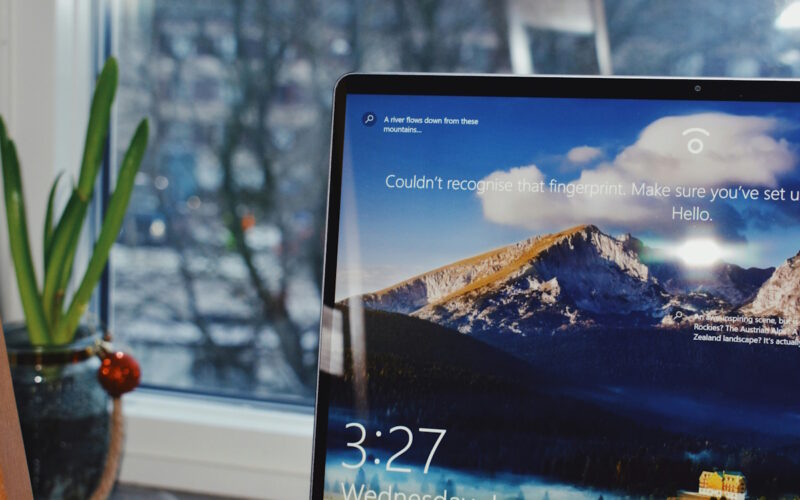Every month, dozens of articles appear online that reveal how much the usage of a particular version of Windows has grown or fallen. Most use Steam data and the data that Statcounter provide to back up the claims. Yes, we have reported on this in the past as well.
This month’s reporting saw Windows 11 overtake Windows 10 on Steam. Not by a large margin, but it is closing in on the 50% mark was it is powering 49,17% of all devices that use Steam according to the stats. Steam sees Windwos 10 at 47,09%, which is not that far behind.
Things do not look that great when you check the stats that Statcounter provides. There, Windows 10 dominates the Windows space. It sits at 64.15%, more than double Windows 11’s 31.61%. Still the trend is that Windows 10 is falling while Windows 11 is rising.
How surprising is this development
When you compare stats every month, you will notice that Windows 11 usage is rising. It is best to check the average and not to compare month-on-month changes, as these may show weird fluctuations.
Still, one would expect Windows 11 to rise. It is the newer version of the Windows operating system and most PCs sold today are Windows 11 PCs.
While you can still find Windows 10 PCs if you are looking, the vast majority of PCs are sold with either Windows 11 Home or Windows 11 Pro.
This is the surprise
If one thing is surprising, it is how well Windows is holding up. It launched with mixed reviews back in 2015 and faced a similar situation as Windows 11 back then.
Many Windows users loved Windows 7, which was the dominating version of Windows at the time. There was Windows 8, but Microsoft really messed up the launch of the operating system. Even the release of the — much better – Windows 8.1 did not change the perception of that version of Windows.
So, Windows 10 faced Windows 7, and it did not grow as quickly as Microsoft had hoped. You may remember the 1 billion devices running Windows 10 claim, which Microsoft dropped when it realized, that it would not make it. Telemetry played a role in this, but not nearly as much as privacy-conscious users would have hoped.
Granted, Windows 10 had the advantage that all devices could be upgraded to the new version. And it was free, even to lure as many users as possible.
Windows 11 does not have the luxury, as millions of devices are not compatible with Windows 11 and cannot be upgraded using Windows Update. There are workarounds, but they do require some expertise and it could very well be that upgrading an incompatible version leaves you stranded, as Microsoft does not guarantee updates for those.
These customers are stuck on Windows 10. Good news is that Microsoft will offer extended security updates for at least three years for Windows 10. These come at a cost though, but many customers will likely pay Microsoft so that they can keep on using the Windows 10 system that is secured by the latest updates.
Microsoft still has not revealed the price that home users have to pay. There will be a price, as Microsoft is more interested in getting customers on Windows 11 than it is to making a few bucks with Windows 10.
An alternative is provided by 0Patch, which promise to support Windows 10 for even longer than Microsoft does. The company creates micro-patches that are applied in memory. That’s good, as it does not change any system files. Bad news is that only critical and major issues are fixed. This should be sufficient in most cases, but needs to be mentioned.
With costs of about $30 per year, it could be the option that is more affordable.
One year left for Windows 10 officially
Windows 10 has about a year left when it comes to support. Microsoft plans to end support in October 2025. It is by then that most Windows 10 users will have to make a decision: pay Microsoft or 0Patch for continued security updates, run Windows 10 without security updates, switch to Linux, or buy a new PC / upgrade the existing PC.
It is almost certain that many will be overwhelmed and that threat actors will exploit this in the months that follow.
Windows 10 usage will fall in the coming 13 months and Windows 11 will rise. That is a given. It will be interesting to see by how much.
Imagine that 50% of all Windows users still run Windows 10 according to Statcounter next year. Is that something that Microsoft will be able to cope with?
What is your take on all of this. Do you still run Windows 10? What are your plans for the coming year?
Summary
Article Name
It is not surprising that Windows 11 is growing and Windows 10 is falling – here is what is suprising
Description
Windows 11 usage is rising, but that is not surprising. Something else is surprising though when it comes to the Windows operating system.
Author
Martin Brinkmann
Publisher
Ghacks Technology News
Logo

Advertisement
Source link
lol

